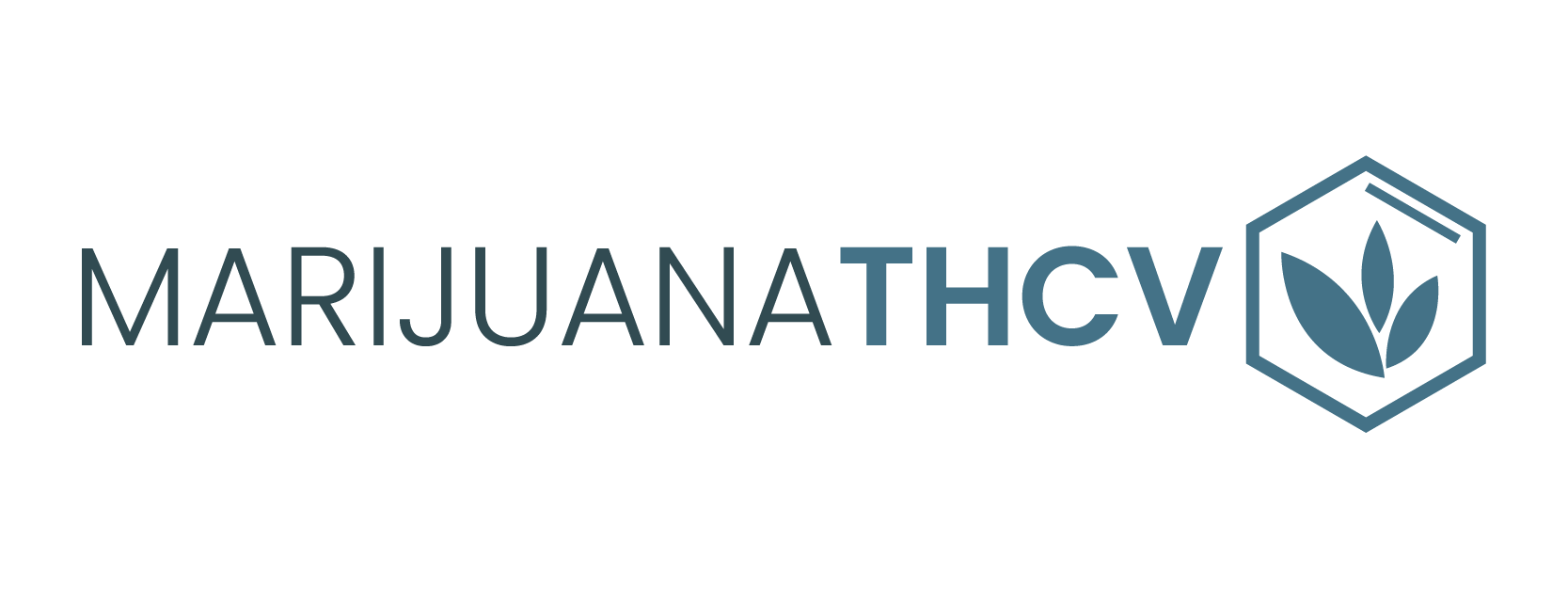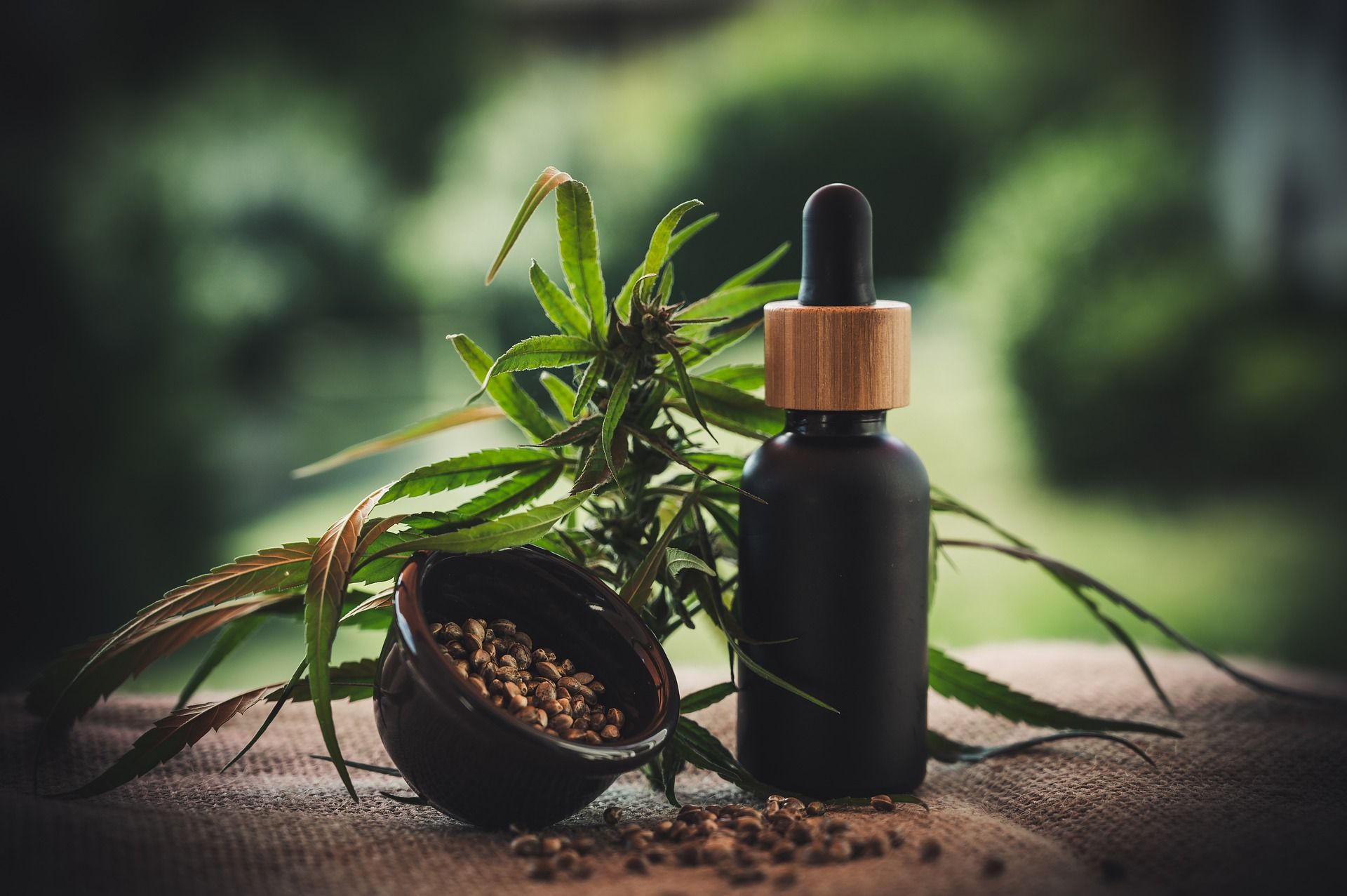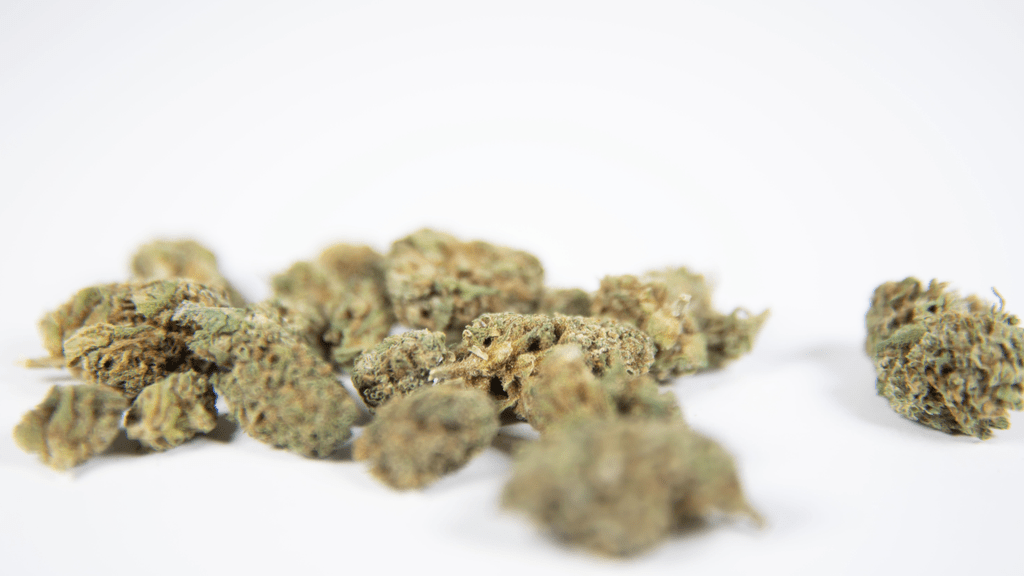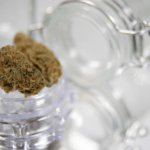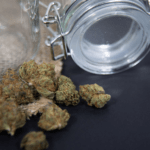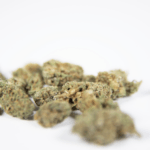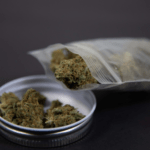In the cannabis world, buzzworthy cannabinoids like CBD and THC dominate shelves, but rarer compounds such as THCV (tetrahydrocannabivarin) remain elusive. THCV is known for its energizing and appetite-modulating properties, and yet strains rich in this cannabinoid are notoriously difficult to track down. Below is a look at the unicorns of the THCV landscape—strains you’ll read about in lab reports and awards lists but almost never encounter at your neighborhood dispensary.
Doug’s Varin
If THCV has a poster child, it’s Doug’s Varin—a sativa long whispered about for unusually high THCV alongside solid THC. Early lab reports from Steep Hill described eye-popping THCV readings and an unusually THCV-forward cannabinoid ratio. That chemistry, plus mysterious origins and limited, boutique cultivation, keeps supply tiny and sporadic. In short: legendary analytics, elusive genetics.
Pink Boost Goddess
Bred by Emerald Spirit Botanicals, Pink Boost Goddess became famous for verified THCV content and a string of awards, including Emerald Cup recognition specifically for highest THCV flower in California. But it’s a small-farm, sungrown varietal with carefully stewarded genetics—meaning production stays tight and mostly California-bound. Don’t expect nationwide availability anytime soon.
Pineapple Purps
This sativa is often cited for expressing an unusual THC:THCV ratio (around 3:1), which is rare chemistry in modern commercial cannabis. Leafly notes it as “rarely found,” and that’s the story on the ground: even experienced shoppers may never encounter it. The rarity stems from both genetic scarcity and the inconsistency of reproducing that chemotype at scale.
Authentic High-THCV Durban Poison Phenotypes
“Durban” is common on menus, but the authentic, African-leaning chemotypes that clock meaningful THCV are not. Analyses and industry references tie elevated THCV to certain African sativa lineages and specific Durban phenotypes (some reports put THCV around 3–5% in exceptional cuts). In modern markets, many “Durban” offerings are polyhybrids diluted away from that profile—hence the scarcity of truly THCV-rich lots.
Red Congolese (True African Lines)
Like Durban, Red Congolese gets mentioned in THCV primers for its African heritage and potential to express the compound. The problem is provenance: authentic, stable Red Congolese lines are difficult to source and maintain, and commercial menus often substitute hybrids using the name. Genuine, THCV-tilted expressions are rare catches even in mature markets.
Why THCV-Rich Strains Stay Scarce
Genetics are niche and finicky. THCV biosynthesis is genotype-dependent; only certain lineages (especially some African sativas and a handful of modern projects) reliably express it. Breeders and small farms hold these genetics tightly, and seeds/clones aren’t widely circulated. That makes consistent production—and therefore distribution—challenging.
Agronomy and yield trade-offs. Reports from cultivators behind Pink Boost Goddess note outdoor, sun-forward methods to coax expression. Chasing a specialized cannabinoid profile can mean lower yields or tighter environmental windows, which reduces commercial incentives compared with high-throughput THC varieties.
Testing hype outpaces supply. Articles and databases highlight a handful of high-THCV examples—Doug’s Varin, Pink Boost Goddess, Pineapple Purps—but these shout-outs don’t magically create inventory. Without broad licensing or multi-state cultivation partners, most batches remain regional, limited, or seasonal drops.
Label dilution over time. Popular names drift from their original genetics. You might see “Durban” or “Red Congo” on a menu, but the specific high-THCV chemotypes referenced in research and education pieces are needle-in-a-haystack finds amid modern hybrids.
How to Hunt Them (Realistically)
Scan certificates of analysis (COAs) for THCV, prioritize small-batch sungrown releases from breeding-forward farms, and watch award circuits and newsletters from breeders like Emerald Spirit Botanicals. If you see Doug’s Varin, Pink Boost Goddess, or a verified Pineapple Purps with documented THCV, grab it—you might not get a second chance.
Note: Effects and availability vary by batch and region; always verify THCV on the lab report rather than the strain name alone.
